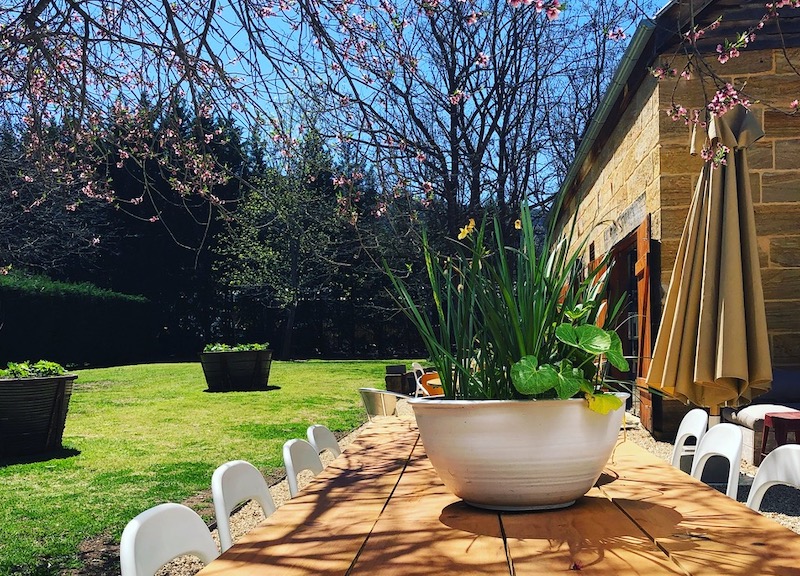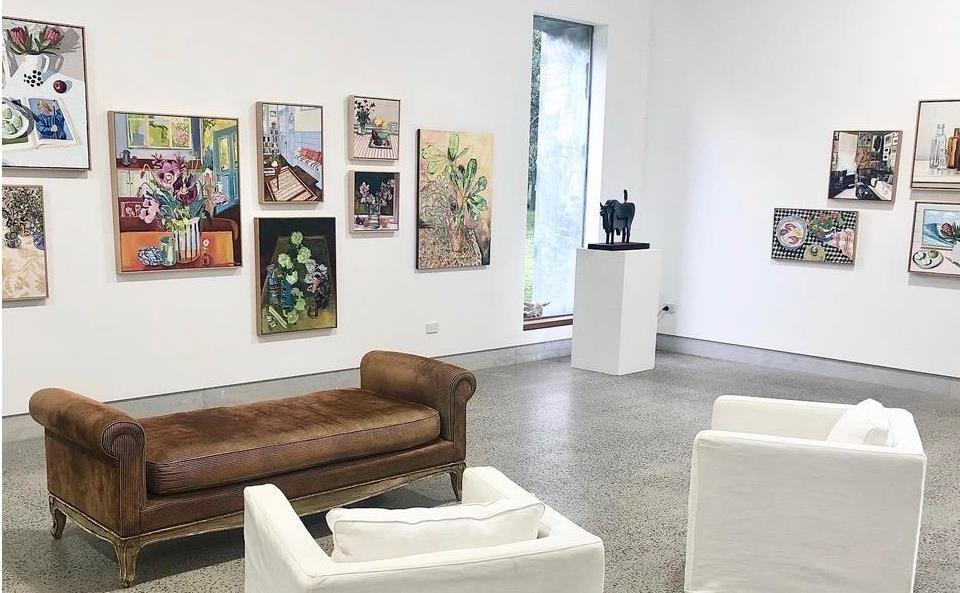‘Give me land, lots of land under starry skies/ Don’t fence me in…’, once the tune of every soulful cowboy and a good many gallery-owning art dealers. In the past, lots of land and corresponding gallery space equated to prestige and wealth. In today’s contagion cost-squeezed world, such a mellow Willie Nelson tune could well be retooled as, ‘your land, landlord and mortgage provider could well be fencing you in.’
Maybe it’s time for a real estate breakout. It most certainly is a time for the creative industries to do what we do best and get creative.
It’s time to review the ways in which we use buildings and land.
We are in lock down. All three of my art galleries across two hemispheres are closed to the public. My colleagues and I beaver away, behind self-distancing doors, working furiously to implement our Moving Forward strategy. All good.
A segment of this strategy, with the assistance of both my bank and hopefully my landlord, is a review of mortgage repayments and rents right now. Yesterday, even.
The COVID-19 crisis has galvanised several lending institutions to offer an interest rate holiday on mortgages for up to six months. Please investigate this important short term cash-flow relief possibility.
Should your rent premises, now is the time to respectfully seek a rent reduction over the next six months. Now is the time to politely, and with some conviction ask your commercial landlord. Good private and government landlords will see the retail downturn writing on the wall and be communicative and flexible.
To the pigheaded landlords out there, please gently explain that a percentage of something is a great deal better than 100% of nothing.
Having tackled in the micro; immediate mortgage, rent, cash flow considerations, it is now time to deeply consider your overall creative use of premises. If you wish to remove yourself from the shackles of onerous inner-city rents, or your lease is coming to its natural end, these junctions are opportune moments at which to rethink your business location and size requirements.
Questioning these fundamental business needs will require many to confront settled thinking and enter a conflict between where you would like to be – and where you actually can be. Between how much space you want, and how much you need.
Do you need to be in a prime location? Really? I would suggest that unless you are the style of retail trading that demands Rodeo Drive in Beverly Hills as your Flagship statement – the rest of us can be increasingly off the beaten track. Move.
Should you be currently inner-city based, then relocate in baby steps to a greater metropolitan region. Or do as I have also done and run (when open) a successful and greatly expanding art gallery from Murrurundi in regional Australia. I call it the Tree-Change, E-Change happening.
As the viewing audience for many creative fields within the arts are physically diminishing and migrating online; will you lose your hardcore attendees should you move further away from your current location? Possibly not. That section of your audience that are bolted on to your program will physically travel further than you think.
And this whole exercise dictates that you balance Opportunity v Cost; savings on real-estate may outweigh the percentage loss of physical attendance.
Survival is about making hard calls, firmly and in a timely manner.
You will achieve significant rent relief should you move further out within a greater metropolitan area. In Sydney where I have my Head Quarters, I would look beyond my current and most excellent Surry Hills gallery location to Parramatta Road or indeed Parramatta.
Within proximity to major urban zones, I would double down on my rent savings by relocating from the City of Sydney to The Northern Beaches, Bowral, or Austinmer then going on to consider Newcastle and Wollongong.
Having established the Murrurundi gallery, Concept Store & Cafe a decade ago, I would not hesitate to consider the regional New South Wales cities of Armidale, Orange, Mudgee or the Bush Capital Canberra.
The trick, and one of the many reasons that Murrurundi is such a good location, is its access to road, rail and air transport. The Upper Hunter region has ease of visitation – the New England Highway has 8,000 vehicles a day; Murrurundi has a daily train service to Central Station; and in a rush, I fly from Tamworth an hour’s drive away to anywhere in the world.

Michael Reid Murrurundi. Image supplied.
Having considered moving to save on rent and lower overheads. Now consider space requirements.
Following our lock down, tens of thousands of Australians will likely continue to work from home for some portion of the week, some will never come back to the office. Even a small percentage shift in how we use office space, will dramatically change the needs of middle to large business and their office space requirements.
Prediction here: the cost of office space will come tumbling down in the CBD of every major city in the country. Don’t get me wrong – going forward businesses will still be defined by the ‘space’ they operate in. This crisis, however, will clarify the actual space requirements for many businesses.
The near future will see a more nuanced mix of bricks and mortar, housing only a percentage of the full staff, smaller spaces focused on the social and collaborative elements of the business, shipping and logistics capability is increasingly important, and of course a much greater focus on online engagement.
What do you use your space for and how much square meterage do you need? I have a 245 sq. meter gallery in Surry Hills. Within that space there is constant ‘argy-bargy’ between monthly exhibition space, and the rapidly growing requirements of the gallery transit hub. In contrast, my Berlin gallery is 70 sq. meters and with the most gloriously large window onto a busy street in the Mitte.
Certainly, collectors do come into the gallery to view artworks, but increasingly art galleries are transit hubs. Collectors let their fingers do the walking, viewing and buying and we art dealers then ship.
Moving forward, over the next few years I could well imagine the Sydney gallery recalibrating from 245 to 100 sq. meters and have a bigger loading dock.
Space use is changing, and in retail it is changing down.





